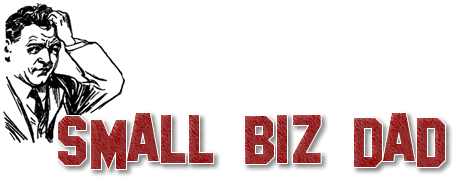Businesses are becoming less and less machine-like every year that passes by. This is on the whole a great thing. Customers feel more connected to their brands, and businesses get to loosen the tie and be themselves more often. This is brilliant for the public relations angle but for the internal workings of your small business it poses a question.
Where does the line between machine and human lie? You don’t want to hinder progress that your employees are making but you also want to make sure that they really are making progress. Each task they are given has to be accounted for in a certain way. Some tasks are urgent and thus need to be done quickly, while others can be done in a more patient manner.
For example, creating design samples for a client to choose from may need to be done within days, but a marketing campaign can take weeks to fully create. However your employees need to be making progress every day, which is why you need to consider the case for tracking actions and timing.
The Chain Of Completion
Task management among teams is definitely where the biggest improvements can be made. There are other issues that involve the supply chain, the chain of command but where the smaller and sometimes unexpected problems come from is the small team task work. For this you need to implement a task management software which allows teams to fully connect with each other via text chat, or even online video and phone calls.
The task can be accessed by everyone but when it reaches a certain desk it can be locked to a particular person or micro team. This allows each person in the team to include their piece of the task and then pass it on to the next person. This is what is called a chain of completion whereby a task is on a linear and predictable path, allow you to see where the shortfalls might be coming from.
The Effect Of Behavior
How employees behave is one of the biggest impacts on any task. Sometimes there are major events that affect a task but they are unfortunately out of anyone’s hands. When a major setback does happen, you need to search for answers within your own team. Each employee’s skills must be implemented into the task and as to what degree this occurs can be tracked. For example for a trucking company, they can track the reaction time of their drivers using telematics.
The telematics definition can be read in detail and better understood using real world examples. Does one of your employees have a great skill but it is only visible half the time they work? You can track which projects this is happening in to see what the cause and effect might be. Readjusting to help an employee become more consistent is then much easier to do now that you know what tasks they don’t enjoy or have trouble with.
The actions of an employee must be tracked using timing. It’s not to say that a machine must determine how fast and well a task is done, but it will help your business in the long run. Telematics is one way you can track the progress and efficiency of each employee.

